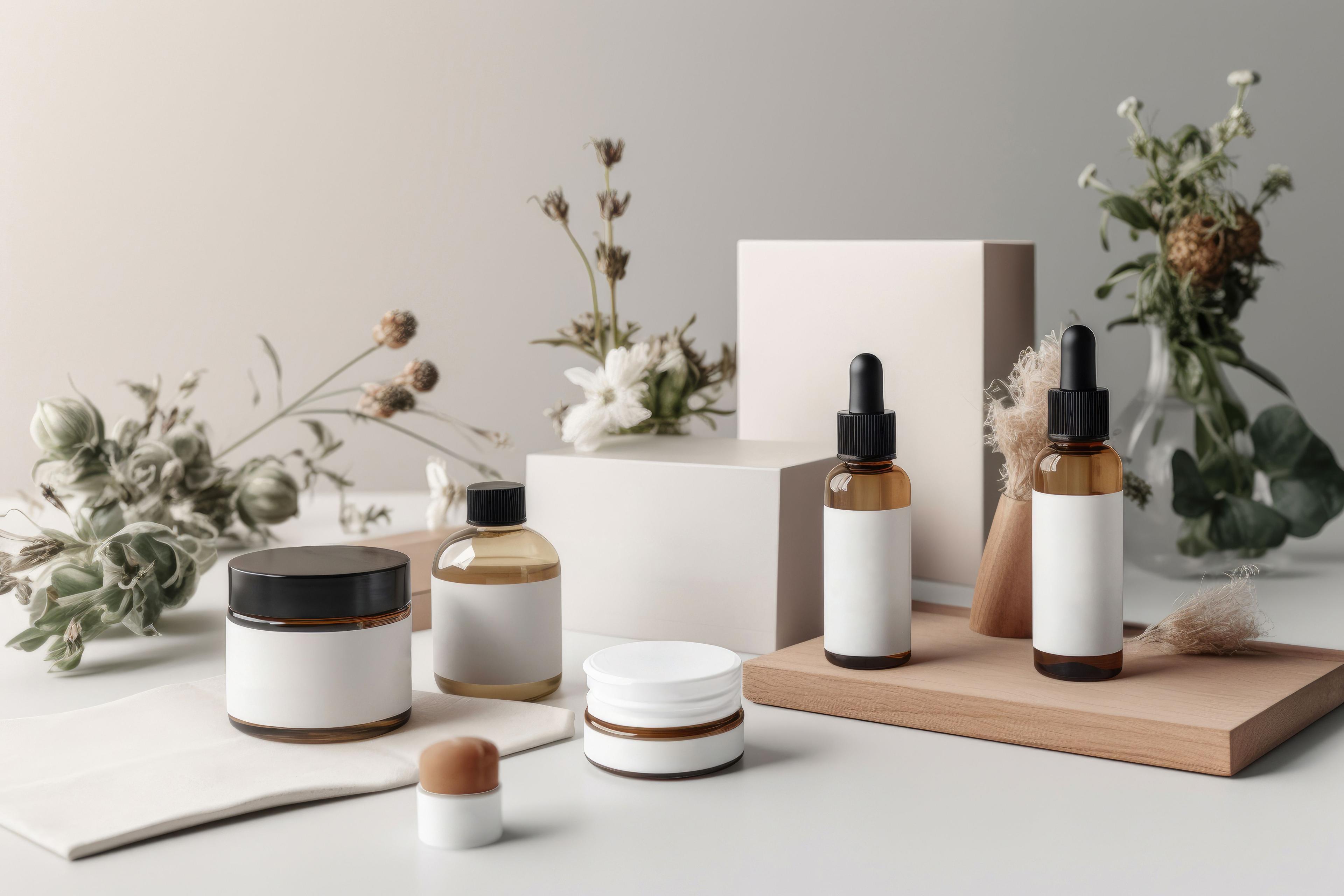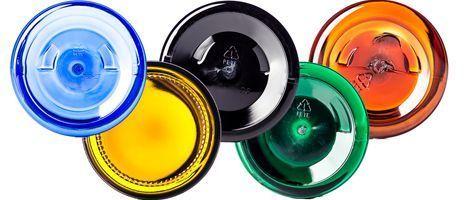5 Common Mistakes in Cosmetic Packaging Design


The Importance of Effective Cosmetic Packaging
Cosmetic packaging is more than just a container—it’s a crucial element of branding, functionality, and consumer experience. A well-designed package can enhance a product’s appeal, while a poorly executed design can lead to decreased sales, customer dissatisfaction, and even product damage. To ensure your cosmetic packaging is both attractive and practical, it’s essential to avoid common design mistakes that many brands unknowingly make.
Beyond aesthetics, cosmetic packaging plays a role in product longevity, environmental impact, and regulatory compliance. Companies that fail to consider these aspects risk losing consumer trust and facing potential legal issues. Understanding the nuances of packaging design can help brands create compelling, durable, and sustainable solutions that meet modern consumer demands.
In this guide, we’ll explore five common cosmetic packaging design mistakes and how to avoid them to create packaging that is both visually appealing and functional.
1. Prioritizing Aesthetics Over Functionality
While striking packaging can grab a consumer’s attention, focusing too much on aesthetics without considering usability can be a costly mistake. Packaging should be easy to use, store, and transport. Overly intricate packaging may look appealing but can frustrate users if it’s difficult to open, dispense, or carry around.
Signs of This Mistake:
- The container is difficult to open or close.
- The packaging is fragile and breaks easily.
- Consumers struggle with dispensing the product properly.
How to Avoid This Mistake:
- Ensure the packaging allows for easy dispensing, whether through pumps, droppers, or squeezable tubes.
- Consider how consumers will store and carry the product—bulky, fragile, or awkwardly shaped packaging can deter repeat purchases.
- Conduct usability tests with real customers to assess the functionality of the design.
- Use ergonomic designs that enhance grip and ease of use.
Example: A luxury skincare brand redesigned its serum bottle with a pipette dropper that was too delicate, leading to frequent breakages. After customer complaints, they switched to a sturdier pump dispenser, which improved the user experience and reduced product waste.
2. Using Non-Sustainable or Hard-to-Recycle Materials
With growing environmental concerns, consumers expect brands to adopt sustainable packaging solutions. Using excessive plastic or non-recyclable materials can damage a brand’s reputation and drive eco-conscious consumers away. Many consumers actively look for brands that demonstrate commitment to sustainability through their packaging choices.
Signs of This Mistake:
- The packaging consists of multiple materials that are difficult to separate for recycling.
- Excessive plastic wrapping or unnecessary layers.
- Lack of clear labeling on recyclability or disposal instructions.
How to Avoid This Mistake:
- Opt for recyclable materials such as glass, aluminum, or post-consumer recycled plastics.
- Consider refillable packaging options to reduce waste and encourage repeat purchases.
- Clearly label packaging with proper disposal and recycling instructions for consumers.
- Use biodegradable or compostable packaging materials where possible.
Example: A cosmetics company that previously used plastic jars transitioned to glass packaging with bamboo lids, significantly reducing its carbon footprint and appealing to eco-conscious customers.
3. Overcomplicating the Design and Labeling
Cluttered packaging with too much text, overly intricate graphics, or hard-to-read fonts can confuse customers and dilute brand messaging. Simplicity and clarity are key to effective packaging design. Consumers should be able to identify the product, its purpose, and key benefits within seconds.
Signs of This Mistake:
- The product name is difficult to read due to elaborate fonts or small text size.
- Overuse of design elements, leading to a busy and overwhelming appearance.
- Lack of a clear hierarchy in presenting product information.
How to Avoid This Mistake:
- Use clean, minimalistic designs with a strong brand identity.
- Ensure important information (ingredients, usage instructions, expiration dates) is easy to read.
- Choose a color scheme and typography that align with the brand’s image and are legible at a glance.
- Use contrast effectively to make key text elements stand out.
Example: A brand redesigned its shampoo bottles after customers complained that the different variants were hard to distinguish. By using color coding and simplified text, the company improved customer satisfaction and sales.
4. Ignoring Product Protection and Durability
Packaging that fails to protect the product from leaks, breakage, or contamination can result in product returns, negative reviews, and lost revenue. Cosmetic products, especially those with active ingredients, require appropriate packaging to maintain their efficacy.
Signs of This Mistake:
- The product leaks during shipping or after minimal use.
- Fragile packaging that cracks or shatters easily.
- Exposure to light or air reduces the effectiveness of the product.
How to Avoid This Mistake:
- Select materials that provide a secure barrier against light, air, and moisture.
- Use airtight seals and sturdy closures to prevent leaks and spills.
- Conduct drop tests and shelf-life testing to ensure the packaging withstands storage and transport conditions.
- Consider double-walled containers for added durability.
Example: A sunscreen brand had to recall several batches of its product after customers reported that the tubes were leaking in their bags. The company redesigned its packaging with a stronger, leak-proof cap, improving both product quality and customer trust.
5. Failing to Differentiate from Competitors
The beauty industry is highly competitive, and generic packaging can cause a product to blend in rather than stand out on shelves. Without a unique visual identity, a product may struggle to attract customers, even if the formulation is superior.
Signs of This Mistake:
- The packaging looks similar to competitors’ products.
- The branding does not clearly communicate the product’s unique selling points.
- Lack of innovation in packaging design.
How to Avoid This Mistake:
- Develop unique packaging shapes, colors, or branding elements that set your product apart.
- Incorporate distinctive design features such as embossing, metallic accents, or innovative opening mechanisms.
- Ensure packaging aligns with the brand’s story and values to create a memorable customer experience.
- Consider limited-edition packaging designs to generate excitement and exclusivity.
Example: A small indie brand used holographic printing and eco-friendly refillable jars to differentiate itself in the crowded skincare market, leading to increased brand recognition and customer loyalty.
Designing Packaging That Succeeds
Avoiding these common mistakes can help brands create cosmetic packaging that is both visually appealing and highly functional. By balancing aesthetics with usability, embracing sustainability, maintaining clear branding, and ensuring product protection, companies can enhance customer satisfaction and stand out in the competitive beauty market.
Thoughtful packaging design contributes to a positive customer experience, fosters brand loyalty, and minimizes environmental impact. With strategic planning and attention to detail, businesses can create packaging that not only looks great but also aligns with modern consumer expectations.
Need expert guidance on cosmetic packaging? Explore our innovative packaging solutions today!




